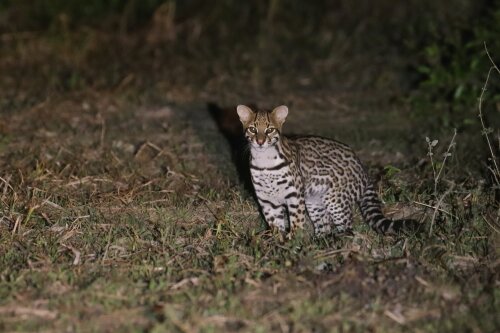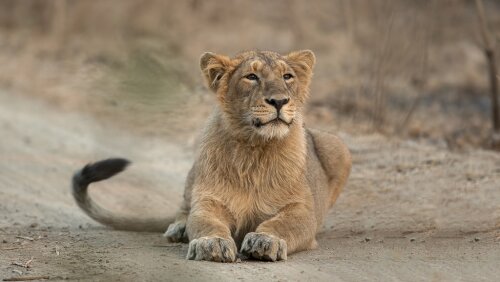Genetic diversity is prime indicator of wildcat survival
Antwerp study makes clear which species should be prioritised on Red List of endangered species
As the number of endangered species continues to rise, new genomic advances offer one way to identify which wild cat populations are most in danger.
Some 40 species of cat freely roam the world’s great continents, from African lions and tigers in Asia to our very own European wildcat, holding out in the Ardennes Forest. Geneticists from the University of Antwerp have now mapped and compared the genetic resilience of nearly all species, revealing global trends and patterns. This measure shows conservation planners how a species might fare when confronted with challenges such as new diseases, human pressure and climate change.
Think about how COVID-19 affected people so differently, because the human population is highly diverse. Genetic diversity in this context is a measure of genetic resilience, ensuring the survival of at least some individuals even as large numbers of the species fall prey to a terrifying new epidemic. This is not the first study to measure genetic resilience in cats, but the team’s one-fits-all approach for the analysis of huge amounts of genome data proved to be a critical innovation, finally allowing for a measurement that is consistent across many species.

The ocelot scores highest in genetic resilience ... (Thomas Galewski).
It turns out that levels of genetic resilience can vary wildly even among closely related species. Geneticists measure it in an individual by counting the differences between the DNA inherited from both parents. Common species harbour the highest levels, like the ocelot (0.32%), serval (0.29%) and African wildcat (0.27%), while notoriously rare felids such as the snow leopard (0.017%), Andean cat (0.015%) and Asiatic lion (0.005%) trail at the extreme of the low end. In human populations, this value generally sits around 0.1%, meaning that genetic resilience in Asiatic lions is 20 times lower than in humans and a staggering 60 times lower than that of ocelots!
“Our method of genomic screening offers a quick and cost-effective way to prioritise populations for conservation” says Jonas Lescroart (University of Antwerp), co-author of the study.
A global pattern
More than just a gut feeling, a global pattern emerges: species that are more common seem to bank on higher diversity. This aligns perfectly with the so-called neutral theory, a cornerstone in evolutionary biology. With its straightforward theoretical predictions – that genetic diversity should increase over time with the number of individuals in a population – it is perhaps surprising that field evidence is rife with contradictory findings. With affirmation for this theory in a global group of carnivores, the team now adds another piece to the puzzle.

... the Asiatic lion lowest. (Pramod CL)
“Pumas form a great illustration of this. There is a lot of information available on the puma populations across the Americas. We clearly see that the larger and better-connected populations exhibit higher levels of genetic diversity, which further underlines this metric as an important tool in future studies" explains Michaël Meeus (University of Antwerp), lead author of the study published in Conservation Genetics.
Consequences for conservation efforts
Importantly, musings on neutral theory are not just academic babble, but carry consequences for on-the-ground conservation efforts. Rankings in the authoritative IUCN Red List of Threatened Species, which often translates into legal protection, are based on information sources such as population size and ongoing threats. The Red List currently underutilises genetic data, a complicated oversight to rectify as more evidence for the relation between genetic resilience, population size and threat status comes to light.
Publication: Meeus, M.P., Lescroart, J. & Svardal, H. Genomic diversity in felids correlates with range and density, not census size. Conserv Genet (2025).
DOI: https://doi.org/10.1007/s10592-025-01709-y